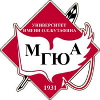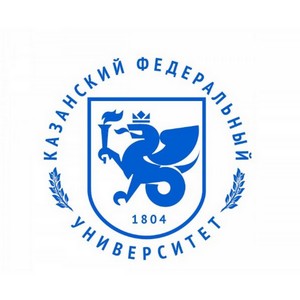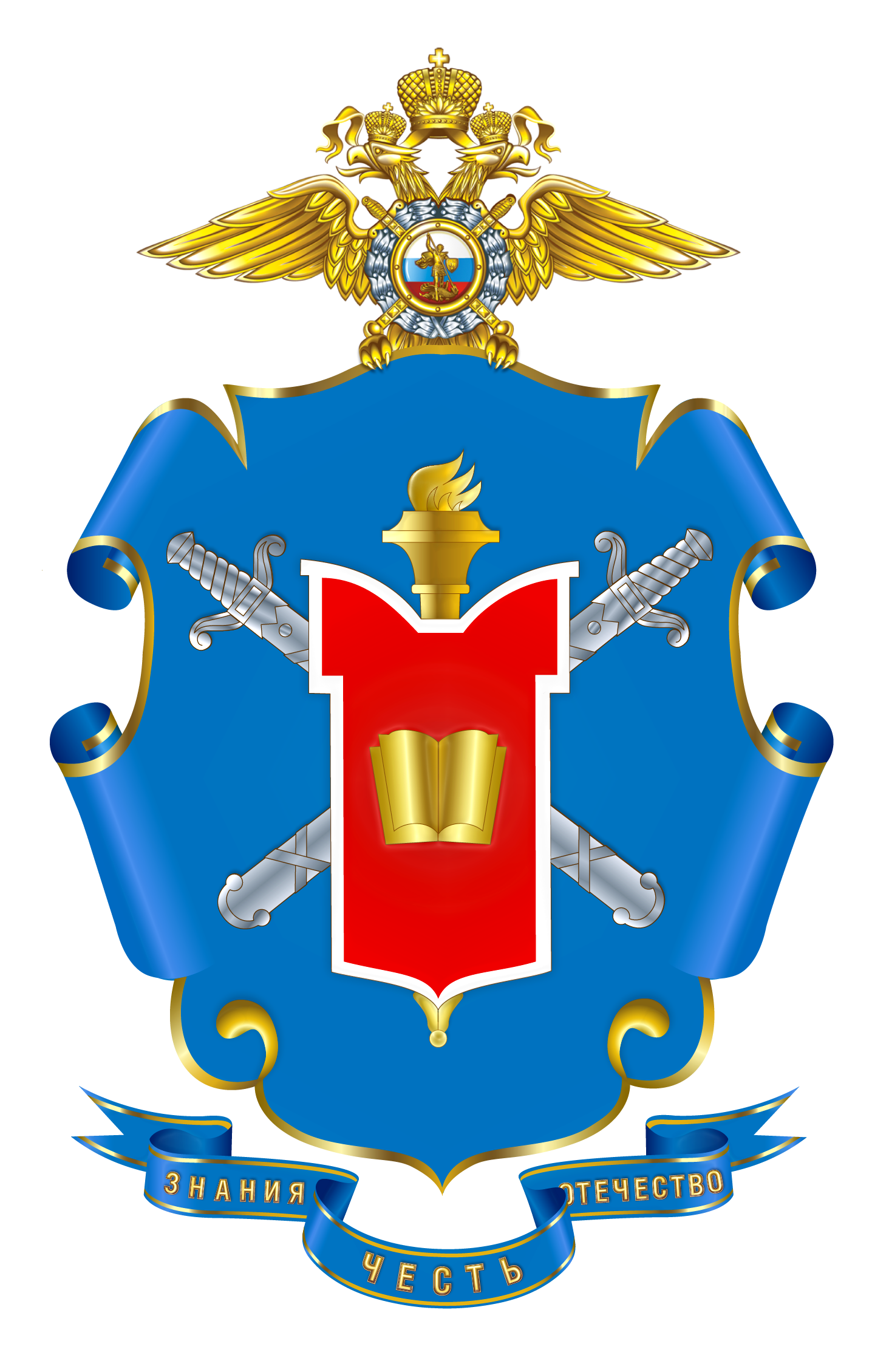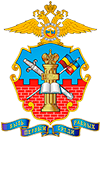On 20 December 1699, Peter I issued a decree to postpone the celebration of New Year in Russia from 1 September to 1 January.
By this decree, Peter ordered on 1 January 1700 to decorate the houses with pine, spruce and juniper branches, according to the samples displayed in Gostiny Dvor. This became a sign of fun and a new way to celebrate New Year and, then, the begging of the 18th centenary.
Fireworks, cannon and gun salutes were set off on Red Square, and Muscovites were told to fire muskets and launch rockets near their homes. On 6 January the festivities ended with a procession for the Orthodox holiday. Contrary to ancient custom, Peter I did not follow the clergy but stood on the bank of the Moskva River in sparkling military uniform, surrounded by the Preobrazhensky and Semyonovsky regiments.
Boyars and nobles were told to dress in European costumes – Hungarian caftans. And women were also to wear dresses in foreign style.
It should be mentioned that these modernized New Year’s customs took root in our country quite quickly, because earlier at that time in Russia had been celebrated one of the most favorite periods of the year –Big winter yuletide. And many of the old rituals – fun carnivals, jesters, sleigh rides, fortune-telling and dances around the Christmas tree fit very well into the ritual of welcoming New Year. Since then and to the present day, Russians have been celebrating this holiday on 1 January.
Translated by Elizaveta O. Ovchinnikova
































